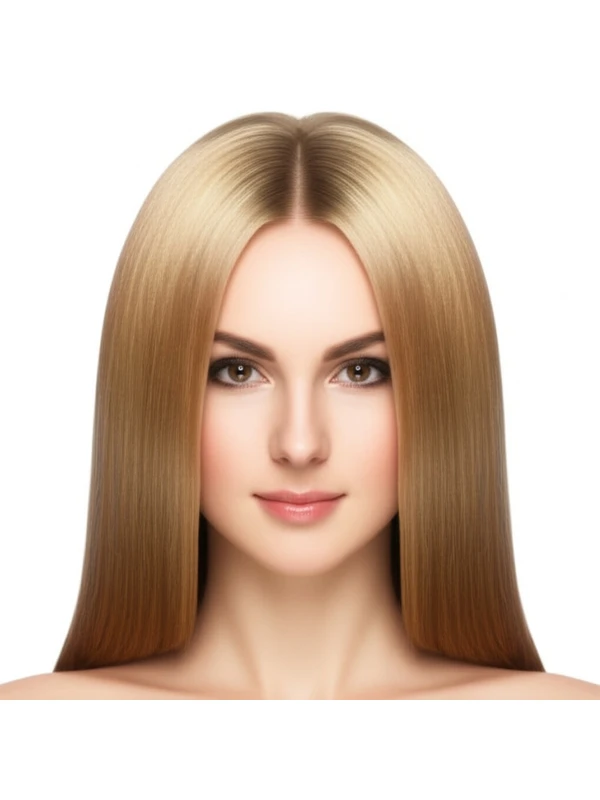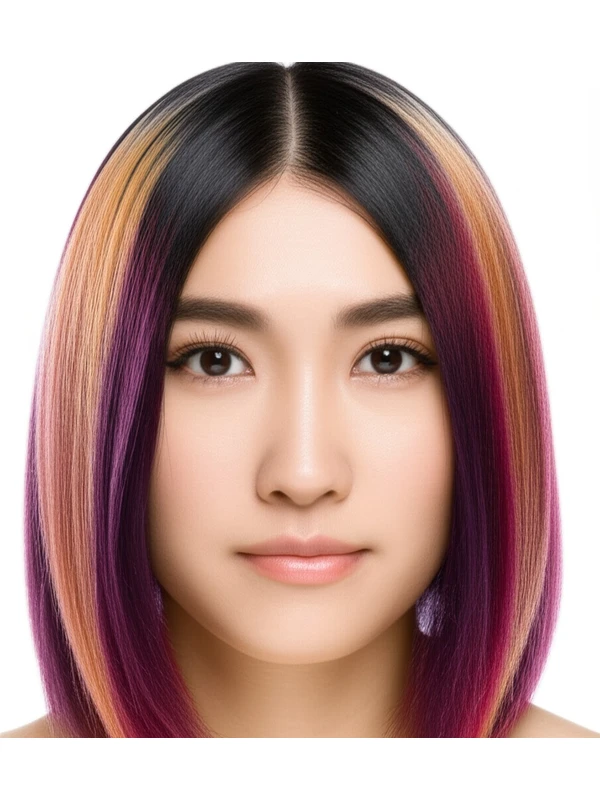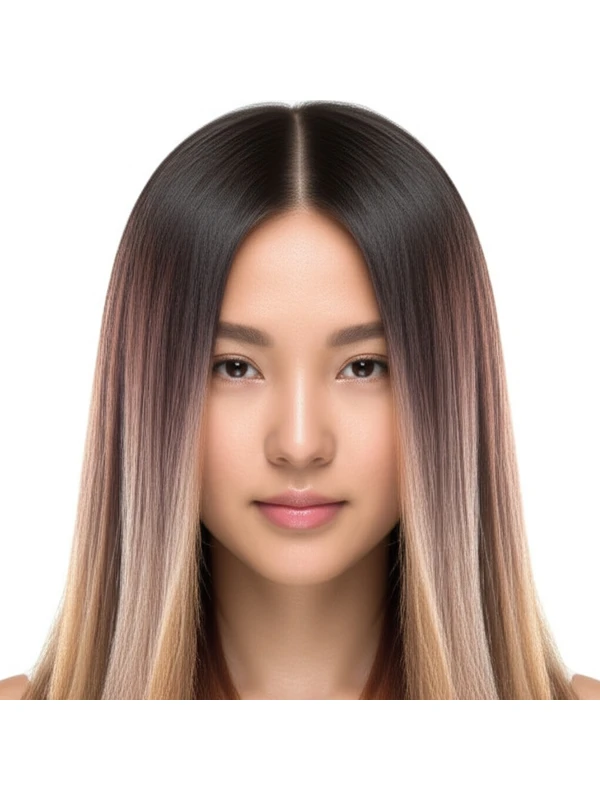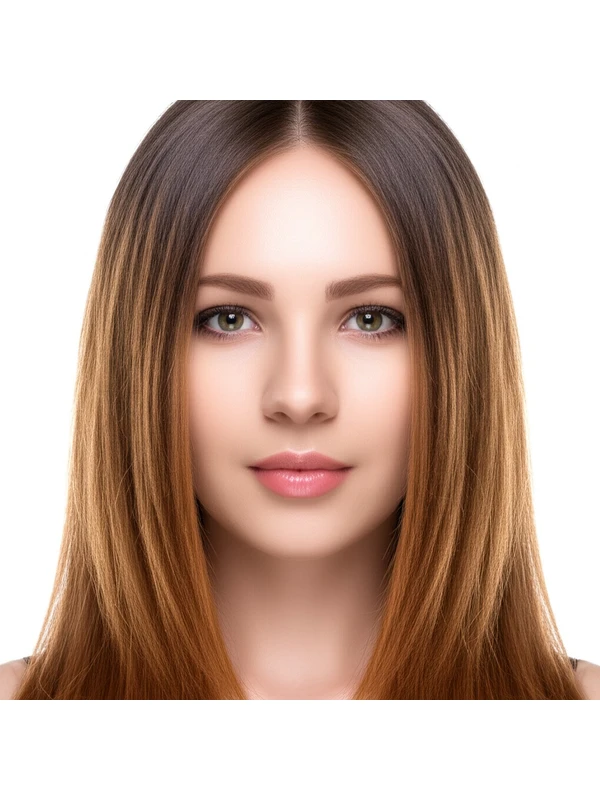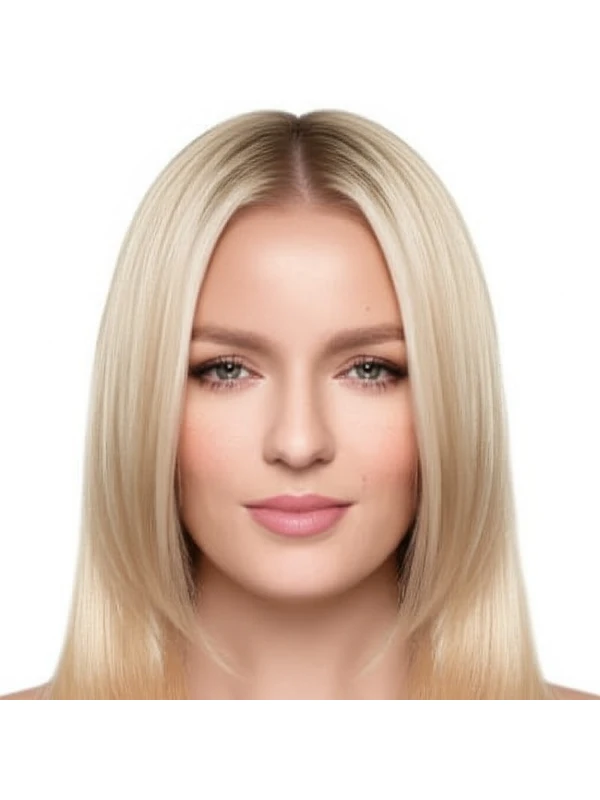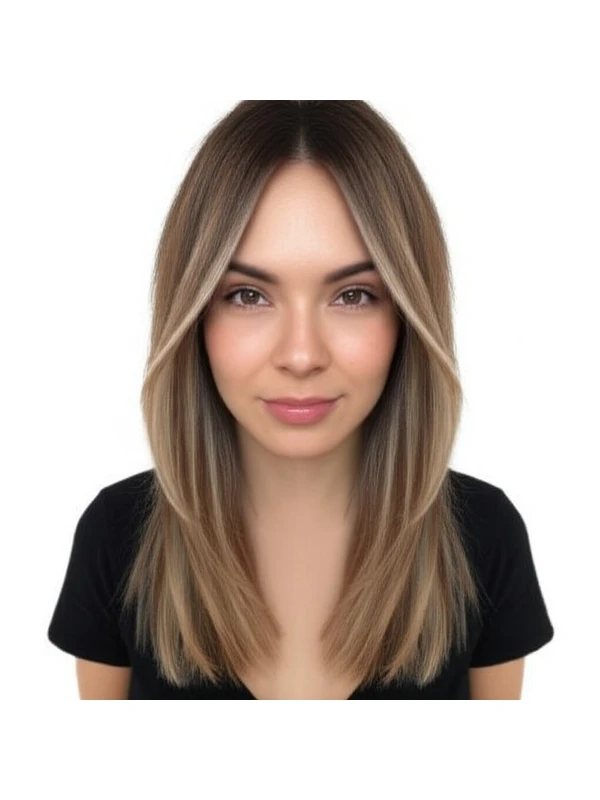#Single Process Color: Your Complete Guide
Single process color is a foundational hair coloring technique used by professionals to change your hair's overall shade. It’s more versatile than you might think! This guide breaks down everything you need to know about this popular service.
#1. What Is Single Process Color & How Does it Work?
A single process color involves applying one color formula all over the hair, from root to tip. It's a relatively straightforward technique but requires precision and skill for optimal results.
Tools Used:
- Color brush
- Mixing bowl (usually plastic or glass)
- Gloves
- Applicator bottle (sometimes used)
- Towel
- Cape
- Timer
The Process:
- Analysis & Mixing: The stylist assesses your hair’s current color, condition, and desired shade. They then mix the color formula based on this assessment.
- Application: The color is applied evenly to clean, dry (or sometimes damp) hair, ensuring complete saturation from root to tip. Some stylists may apply a protective barrier like petroleum jelly along the hairline and ears.
- Processing Time: This varies depending on your hair’s starting level, desired result, and the strength of the color used. It's crucial for safety and achieving the correct tone – typically ranging from 20-45 minutes under a hooded dryer or at room temperature.
- Rinsing & Conditioning: The color is thoroughly rinsed until water runs clear. A conditioning treatment follows to restore moisture and shine.
#2. Best Use Cases: What Can Single Process Color Achieve?
Single process color isn’t just for covering grays! It's a surprisingly adaptable technique.
- Overall Shade Change: The most common use – transforming your hair from brown to blonde, black to auburn, etc.
- Gray Coverage: Effectively blends away gray hairs and creates an even, consistent color.
- Root Touch-Ups: Maintaining a previously colored shade by refreshing the root area.
- Subtle Dimension (with layering): While not inherently dimensional like balayage, strategic cutting combined with single process can create subtle shifts in tone.
- Face Framing: By slightly adjusting the color near the face, it can soften features or add warmth.
- Evening Out Uneven Tones: Corrects brassiness or unwanted tones that may have developed from previous coloring processes.
#3. Who Suits Single Process Color?
Not every hair type and situation is ideal for single process color. Here's a breakdown:
- Natural Hair Level: Works best on level 1-7 (darkest black to light brown). Going significantly lighter often requires multiple sessions or other techniques due to potential damage risk.
- Undertone: Consider your skin’s undertones! Cool tones look great with ashier colors, while warm tones shine with golden or copper hues. Your stylist can help determine this.
- Hair Type/Texture:
- Straight & Wavy: Generally handles single process well.
- Curly & Coily: Requires extra care and conditioning due to increased dryness potential. Protein treatments may be beneficial beforehand.
- Fine Hair: Can be more prone to damage, so lower volume developers are generally used.
- Thick/Dense Hair: May require a double process (applying color twice) for even saturation.
- Hair Length: Suitable for all lengths – short bobs to long flowing hair.
- Lifestyle: Consider your maintenance commitment! Single process requires more frequent touch-ups than techniques like balayage.
#4. Compared to Similar Techniques
Understanding the differences between single process color and other popular coloring methods can help you choose what's best for you.
- Balayage vs Foilyage vs Highlights: These are all highlighting techniques that create dimension by painting or weaving lighter pieces throughout the hair. Single process is an overall color change, whereas these add contrast.
- Root Smudge/Shadow Root: These techniques involve softening the line between your natural roots and colored hair after a balayage or highlights service. They don’t replace single process; they complement it by creating a more blended look. A shadow root uses a slightly darker color at the roots, while a root smudge is lighter than the overall shade.
- Glazes/Toners: Glazes and toners are not single process colors. They're used to adjust the tone of already-colored hair (e.g., removing brassiness or adding shine) without significantly changing the underlying color level. They deposit pigment, rather than lift it.
#5. Maintenance & Longevity: Planning for Success
Single process color requires consistent upkeep to maintain vibrancy and health.
- Salon Timing: Root touch-ups are typically needed every 4-6 weeks, depending on hair growth rate and the contrast between your natural roots and colored hair.
- Toner/Gloss Refresh: To combat fading or unwanted tones, a toner or gloss may be applied during root touch-ups (or separately) every 6-8 weeks.
- Grow-Out Behavior: As your natural hair grows in, the line of demarcation between colored and uncolored hair will become visible. This is more noticeable with higher contrast colors.
- Budget/Time Planning: Single process color touch-ups are generally less expensive than dimensional techniques but require more frequent salon visits. Factor this into your budget and schedule.
#6. At-Home Care Tips: Keeping Your Color Vibrant
Proper at-home care is essential for extending the life of your single process color.
- Wash Cadence: Wash hair as infrequently as possible (2-3 times per week) using a color-safe shampoo.
- Heat Protection: Always use a heat protectant spray before applying any heat styling tools (blow dryers, straighteners, curling irons).
- Color-Safe Care: Use color-safe conditioners and deep conditioning masks regularly to replenish moisture. Avoid products containing sulfates or alcohol, which can strip color.
- Cool Water Rinse: Finish your hair washing routine with a cool water rinse to help seal the cuticle and lock in color.
#7. Pros & Cons of Single Process Color
Pros:
- Relatively quick and straightforward application.
- Effective for gray coverage and overall shade changes.
- More affordable than dimensional coloring techniques (typically).
- Can be used on all hair lengths.
Cons:
- Requires more frequent salon visits for root touch-ups.
- Visible grow-out line, especially with high contrast colors.
- Potential for dryness and damage if not properly cared for.
- Less dimensional than techniques like balayage.
#8. Salon Consultation Script: What to Expect
Your stylist will ask you questions to understand your goals and assess your hair's condition. Be prepared to discuss:
- What is your desired color? (Bring photos!)
- Have you colored your hair before? If so, what products were used?
- What is your current hair care routine?
- Do you have any allergies or sensitivities?
- Are there any areas of concern regarding damage or texture changes?
- How much time and money are you willing to commit to maintenance?
#9. FAQs
- Can I lighten my hair significantly with a single process color? Generally, no. Single process is best for covering grays or changing your shade within a few levels (usually up to level 7). Significant lightening requires multiple processes and carries higher risk of damage.
- What's the difference between a "level" and an "undertone?" Hair “levels” refer to the darkness or lightness of your hair on a scale of 1-10 (black to platinum blonde). Undertones describe the underlying warmth or coolness of your natural color (e.g., golden, red, ash, violet).
- Will single process damage my hair? Any chemical process can potentially cause some degree of damage. Using appropriate developer volumes and following proper aftercare routines minimizes this risk.
- How long does a single process color take? The entire appointment typically takes between 1.5-3 hours, including consultation, mixing, application, processing, rinsing, and conditioning.
- Can I do a single process color at home? While possible, it’s not recommended unless you have experience with hair coloring. Professional stylists are trained to assess hair condition and formulate colors accurately for the best results and safety.
- What does "developer" mean in relation to single process color? Developer is a chemical oxidizing agent that opens the hair cuticle so the color can penetrate. Different volumes (10, 20, 30, etc.) lift different amounts of pigment from the hair.
- How do I know if my stylist chose the right developer volume? The stylist should explain their choice based on your hair's level and desired result. If you have concerns about damage or uneven color, ask for clarification during the consultation.
- What’s a strand test & why would I need one? A strand test involves applying the color to a small, hidden section of hair before coloring the entire head. It helps predict how your hair will react to the formula and ensures you achieve the desired result without unexpected outcomes or damage.
